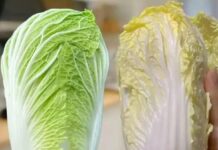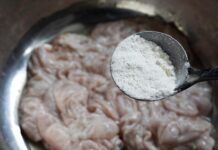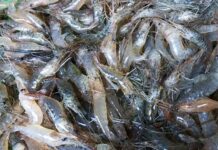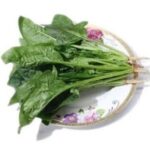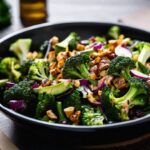What Produce Has the Highest Pesticide Residue in 2025?
According to the latest report from the Environmental Working Group (EWG), based on data from tens of thousands of produce samples tested by the USDA, the following is a list of the 12 types of produce with the highest pesticide residues in 2025:
- Spinach
- Strawberries
- Kale
- Grapes
- Peaches
- Cherries
- Nectarines
- Pears
- Apples
- Blackberries
- Blueberries
- Potatoes
This year’s list sees the addition of blackberries and potatoes, raising concerns about pesticide residues that consumers should be aware of.
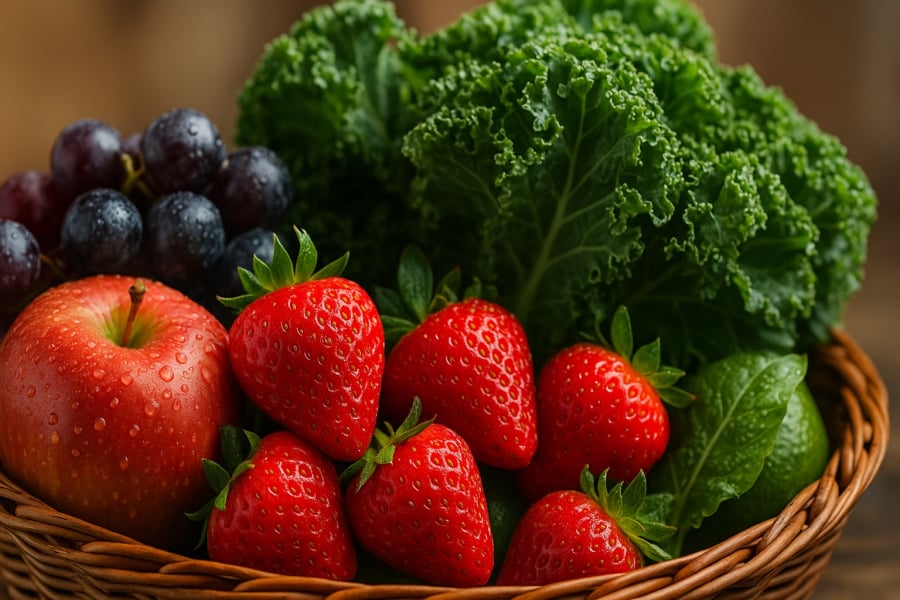
Why Do These Types of Produce Tend to Have Pesticide Residues?
The common denominator among these fruits and vegetables is their thin, porous skin or outer layer that easily absorbs chemicals. Additionally, certain types, such as spinach, kale, and berries, are often sprayed multiple times during cultivation to prevent pest infestations.
Washing under running water, or even soaking in a dilute salt water or vinegar solution, may only remove a small portion of the chemical residues on the surface. For fruits like apples, pears, and peaches, peeling may reduce exposure, but studies show that some chemicals can still penetrate beneath the skin, making it difficult to remove them entirely through conventional methods.
Of particular concern are blackberries and potatoes, newcomers to this year’s list, which were found to contain residues of cypermethrin, a pesticide classified by the US Environmental Protection Agency (EPA) as a possible carcinogen if exposed to over a long period. This finding underscores the urgency of making informed choices and preparing food safely.
How Can We Minimize the Risk of Pesticide Exposure from Produce?
While it is impossible to eliminate all chemical residues, the following tips can significantly reduce your exposure to pesticides when consuming fruits and vegetables:
- Thoroughly wash produce under running water: Don’t just rinse; take the time to wash each piece of fruit or vegetable individually under strong running water for at least 30 seconds to remove dirt and some of the chemicals.
- Soak in dilute salt water or vinegar: This simple method improves cleaning effectiveness. Soak for 5-10 minutes, then rinse with clean water.
- Peel when possible: Especially for apples, pears, peaches, and potatoes, peeling will reduce exposure to chemicals on the outer layer.
- Prioritize organic or certified safe produce: When shopping, opt for produce from reputable sources with clear labeling.
- Diversify your diet: Avoid consuming only a few types of fruits and vegetables. Rotating and diversifying your choices helps prevent the buildup of chemical residues from a single source.
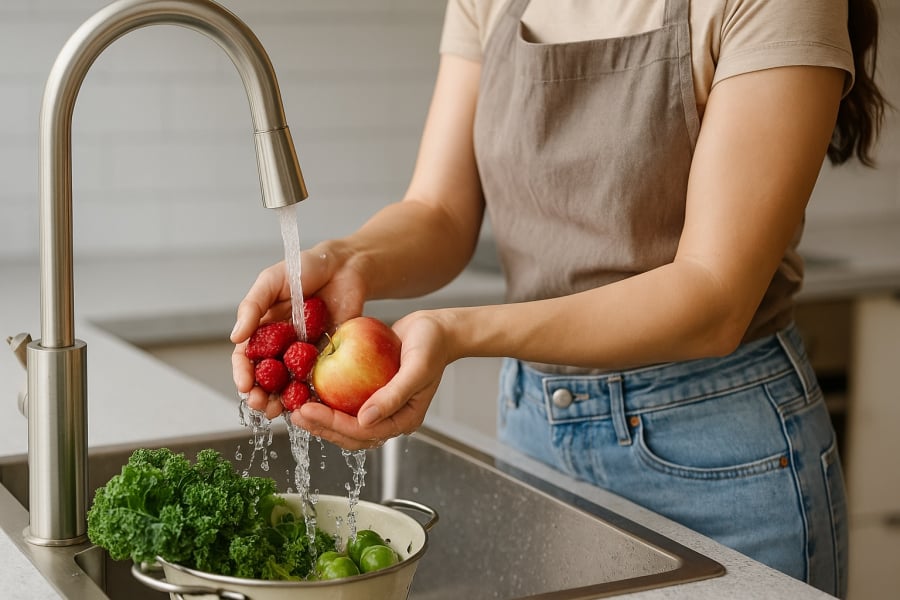
Make Smart Choices to Care for Your Family
A delicious meal is not just about taste but also about safety. Understanding which types of produce are more likely to contain chemical residues empowers you to make informed choices when shopping. Taking a little extra care when selecting, preparing, and cooking produce will contribute to meals that are not only tasty but also safe for your loved ones.
Always be a wise homemaker, ensuring that every meal is an expression of love and a way to safeguard your family’s health.












